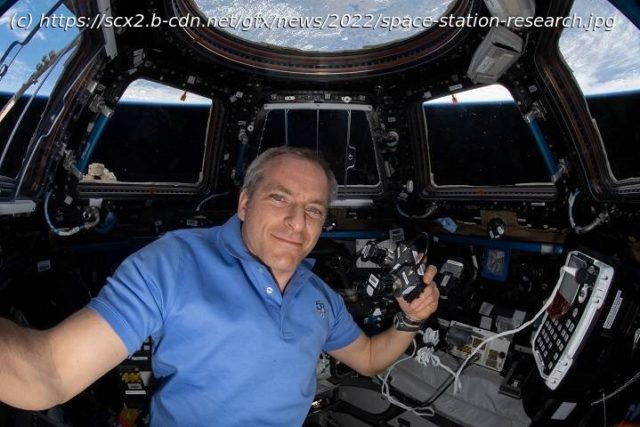On its mission to the Moon, NASA’s Orion spacecraft is designed to use NASA’s Near Space Network and Deep Space Network to navigate. But if the craft loses communication with the ground or the Networks, crews can use a backup autonomous navigation system known as Optical Navigation (OpNav). This system analyzes images of the Moon or Earth taken from the spacecraft to determine its position relative to either of those two bodies.
August 30, 2022
On its mission to the Moon, NASA’s Orion spacecraft is designed to use NASA’s Near Space Network and Deep Space Network to navigate. But if the craft loses communication with the ground or the Networks, crews can use a backup autonomous navigation system known as Optical Navigation (OpNav). This system analyzes images of the Moon or Earth taken from the spacecraft to determine its position relative to either of those two bodies.
An investigation currently underway aboard the International Space Station is helping developers of OpNav fine-tune the system to ensure that crews return home safely. The Moon Imagery investigation uses photographs of the Moon taken from the space station to calibrate the system software.
„The space station gives us a platform to collect images of the Moon without interference from Earth’s atmosphere,“ says principal investigator Steve Lockhart at NASA’s Johnson Space Center in Houston. „We can get pretty decent images from the ground, especially when the Moon is near full and high in the sky. The challenge is getting clear images of the Moon in its very thin phases. Because it is close to the Sun then, the sky is only dark enough to get images when the Moon is close to horizon, and then you are looking through a lot of atmosphere.






